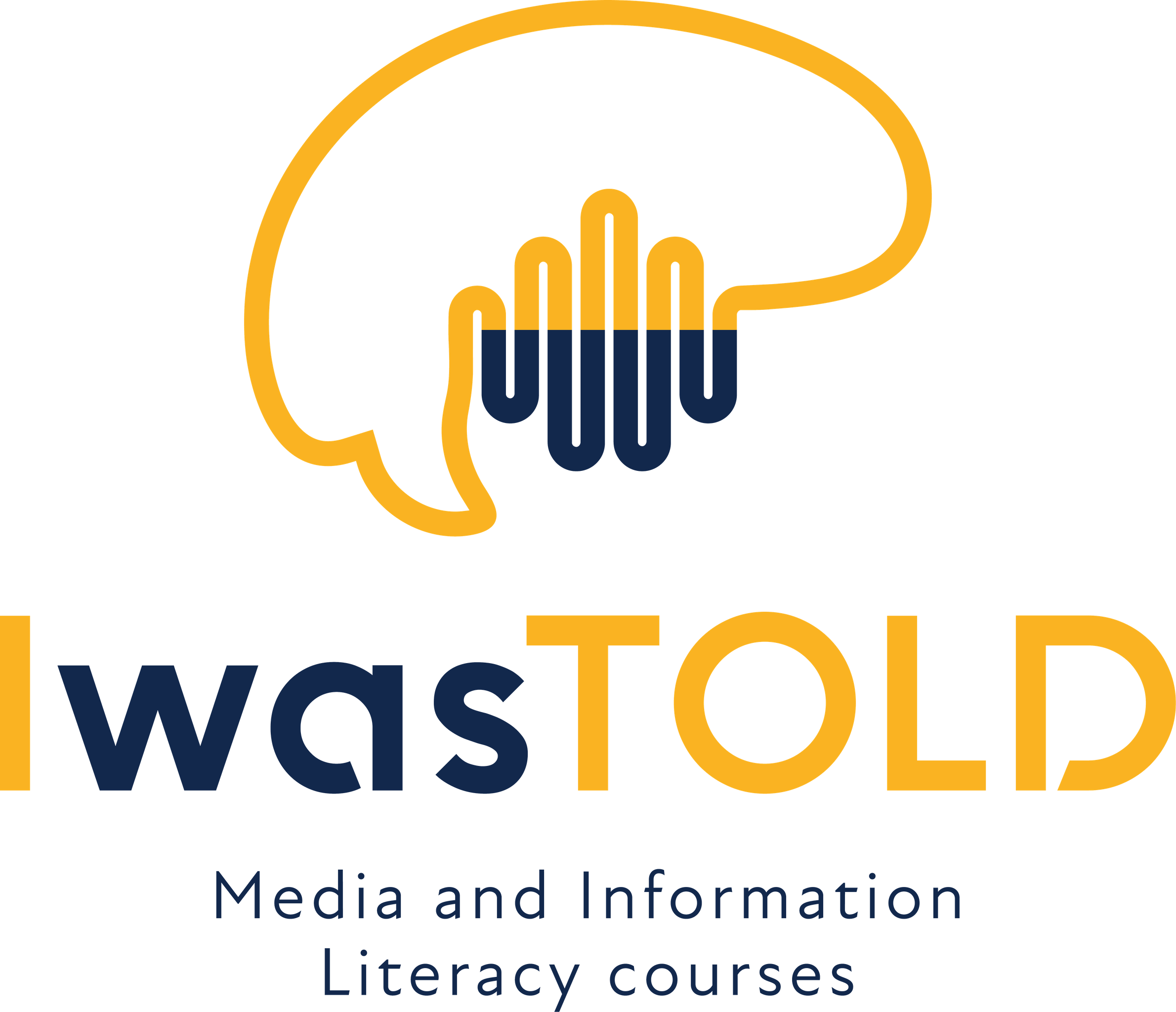Back to Course
3. CLASSICAL AND DATA STORYTELLING
0% Complete
0/0 Steps
-
Storytelling: narrative structures7 Topics|4 Quizzes
-
Language of media6 Topics|3 Quizzes
-
Storytelling With Data II. – Digital investigations in an era of data-driven journalism7 Topics|4 Quizzes
-
Infographics – Present statistics beautifully7 Topics|3 Quizzes
-
Charts in a website – Hack web developer tools for your stories7 Topics|3 Quizzes
-
Introductory to lesson
-
Creating a website is a personal way to become involved in a subject as well as a creative gesture
-
Make the most compatible as possible subject and aesthetic of your website through Google Sites
-
How be professional and have validity in publication?
-
Final Exercise of the whole lesson
-
Feedback on exercise
-
Additional learning material
-
Introductory to lesson
-
Online GIS6 Topics|2 Quizzes
-
Media analyses8 Topics|4 Quizzes
-
Using Piktochart to create infographics7 Topics|3 Quizzes
Participants14
Time limit: 0
Quiz Summary
0 of 3 Questions completed
Questions:
Information
You have already completed the quiz before. Hence you can not start it again.
Quiz is loading…
You must sign in or sign up to start the quiz.
You must first complete the following:
Results
Quiz complete. Results are being recorded.
Results
0 of 3 Questions answered correctly
Your time:
Time has elapsed
You have reached 0 of 0 point(s), (0)
Earned Point(s): 0 of 0, (0)
0 Essay(s) Pending (Possible Point(s): 0)
Categories
- Not categorized 0%
- 1
- 2
- 3
- Current
- Review
- Answered
- Correct
- Incorrect
-
Question 1 of 3
1. Question
1) Concept referring to active collaboration of media and their audiences is called:
CorrectIncorrect -
Question 2 of 3
2. Question
2) Cognitive dissonance means that:
CorrectIncorrect -
Question 3 of 3
3. Question
3) In the UK, but ideally in other countries as well, the media should think about the impact of their work. How is this process called?
CorrectIncorrect
